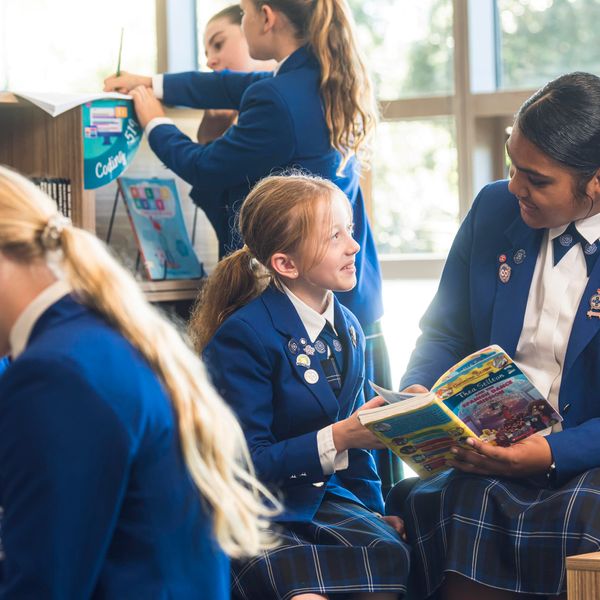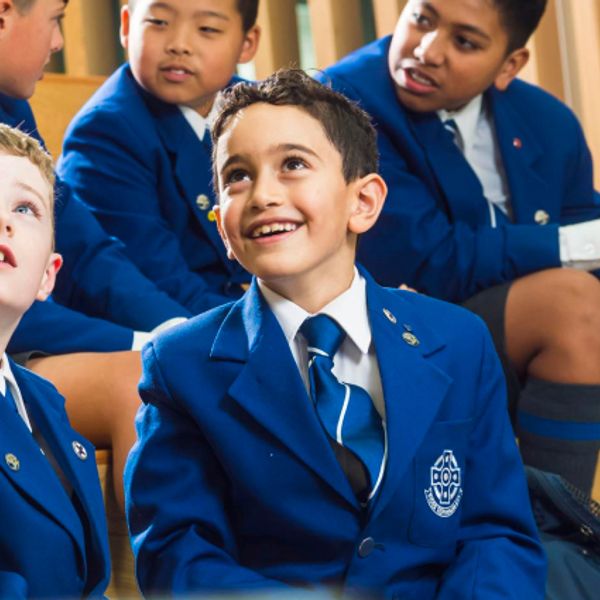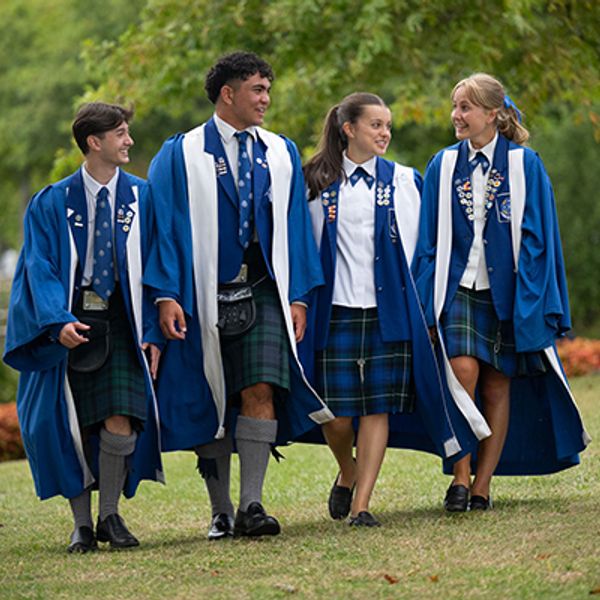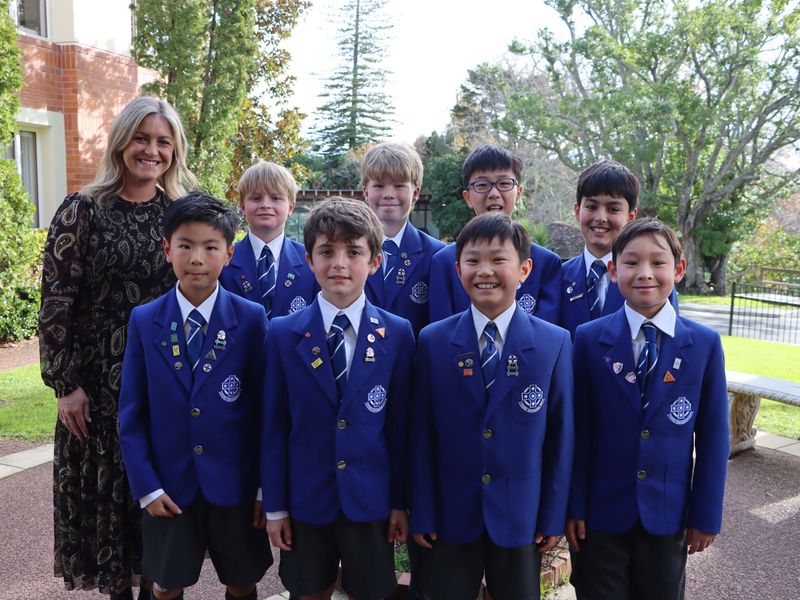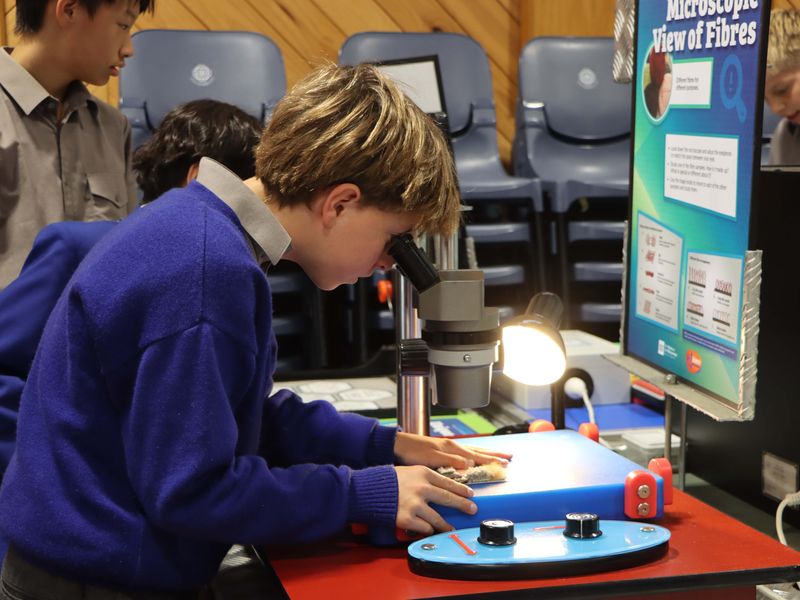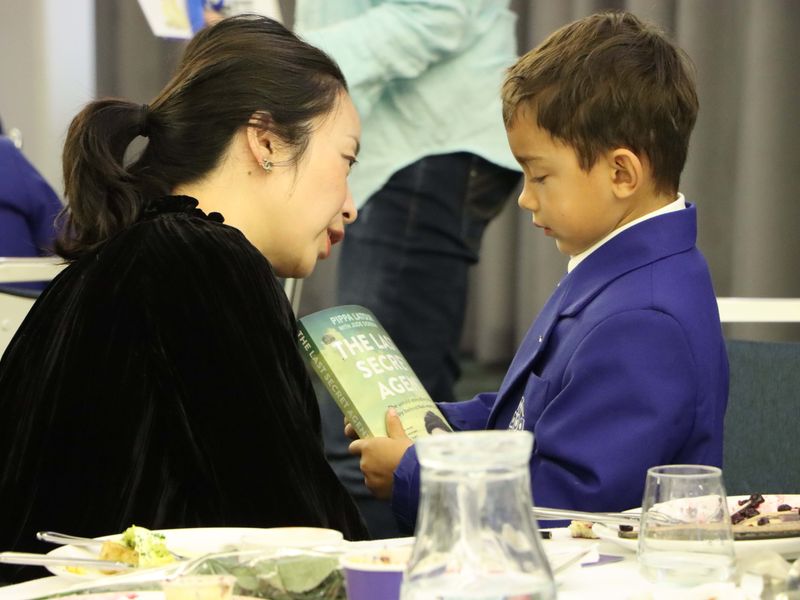
Much to Learn on Zoo Visit
Much to Learn on Zoo Visit
June 25, 2021 at 11:26 AM
The days of animals being kept in small enclosures, for the public to get the closest view when visiting a zoo, has long-since passed, and our own award-winning Auckland Zoo, with its ever-developing natural habitats, is testament to that. Now designed with the welfare of the animals at the forefront, visitors gain a better understanding of the inter-dependence of animals and their environment. With the zoo’s own conservation programmes on display, there is much to learn from a visit.
The boys in Year 6 at the Boys’ School have been learning about ‘animals and their habitats’ in science, with a focus on categorising animals using the Linnaean system of classification. (In the 18th century, Carl Linnaeus was the first to publish a classification of living things, with a hierarchical naming structure.) During social science, they also have been learning about rainforests - how they function as a habitat, the impact of humans and how they are important for the future.
With this as the foundation, the boys set off to the zoo keen to learn more.
They began their day with a session with one of the zoo educators gaining insight into life on the African Savanna. With a vista across the dusty plain that replicates the animal’s natural environment, the session focussed on the giraffes, zebra, ostriches and meerkats in particular. There was much guided discussion around the physical environment of these animals and how they adapt to the harsh environment in which they live.
The savanna is an open landscape of grasslands in tropical Africa – for half the year it is hot and dry and food is scarce, followed by a season of heavy rains when grasses grow tall, providing food for herds of grazing animals such as zebras and wildebeest. These in turn are hunted by fearsome predators such as lions and cheetahs. With few trees to offer shade or places to hide, the animals have all adapted in their own way.
The larger animals, like the giraffes, all have patterned fur, hair and skin, which breaks up their outline making them harder to see. Most of the animals have a buff coloured coat, blending into the ochre landscape – with the exception of the zebra! But this too is a clever adaptation as their stripes mimic the wavy lines of grasses – and their natural predator, the lion, is colour blind! To a lion, a herd of zebra looks like one huge stripy creature!
The boys also learnt about other adaptations such as tough skin on the soles of the paws of meerkats, allowing them to walk on hot sand and the black markings around the eyes of so many animals, protecting them from the glare of the sun.
The boys had the chance to handle the hide of a giraffe …and discuss the size of their poop! Which is remarkably small for such a huge creature!
In small groups, led by parents, the boys headed off to enjoy the rest of the zoo. With the zoo’s elephants shortly heading offshore to improve their quality of life, this generation of boys could be the last ever to see a live elephant in Auckland, and so made the most of seeing these seemingly gentle giants. In the Australasian corner, some were lucky enough to spot the Tasmanian devil, the largest carnivorous marsupial in the world, while the highlight of Te Wao Nui was the ever-cheeky kea and the eels!
Yet to open, the boys also had the chance to marvel at the South East Asia enclosures currently under construction with a network of aerial pathways that will enable orangutans to behave and move as they would in the wild.
The visit finished with a final zoo keeper session focussed on the spider monkeys, which drew attention to the plight of animals in the rainforests and their diminishing habitat, as great swathes of the rainforest are destroyed to make way for palm oil plantations. This served to highlight the importance of the rainforest ecosystem for the survival of all living things. But it’s not only the wildlife at risk, rainforests act as the lungs of our planet; they recycle carbon dioxide into oxygen, store water and prevent soil erosion. The keepers told the boys, if they only do one thing, start with checking which loo roll they use at home, and make sure it comes from a sustainable source!
Zoos are far more than their ‘entertainment value.’ Auckland Zoo partners with other conservation organisations from around the world to create a future where people value wildlife and help safeguard species from extinction. There is a very sobering row of monuments at the zoo, dedicated to those animals that have gone for ever. Our boys are the future; teaching them about the importance of biodiversity, conservation and sustainability will help them to understand the role they have in safeguarding the planet.
The boys had a great day, coming away plenty of new facts to finish their unit at school. Our sincere thanks to the fantastic group of parents who worked alongside the boys all day – it was a big day out!

